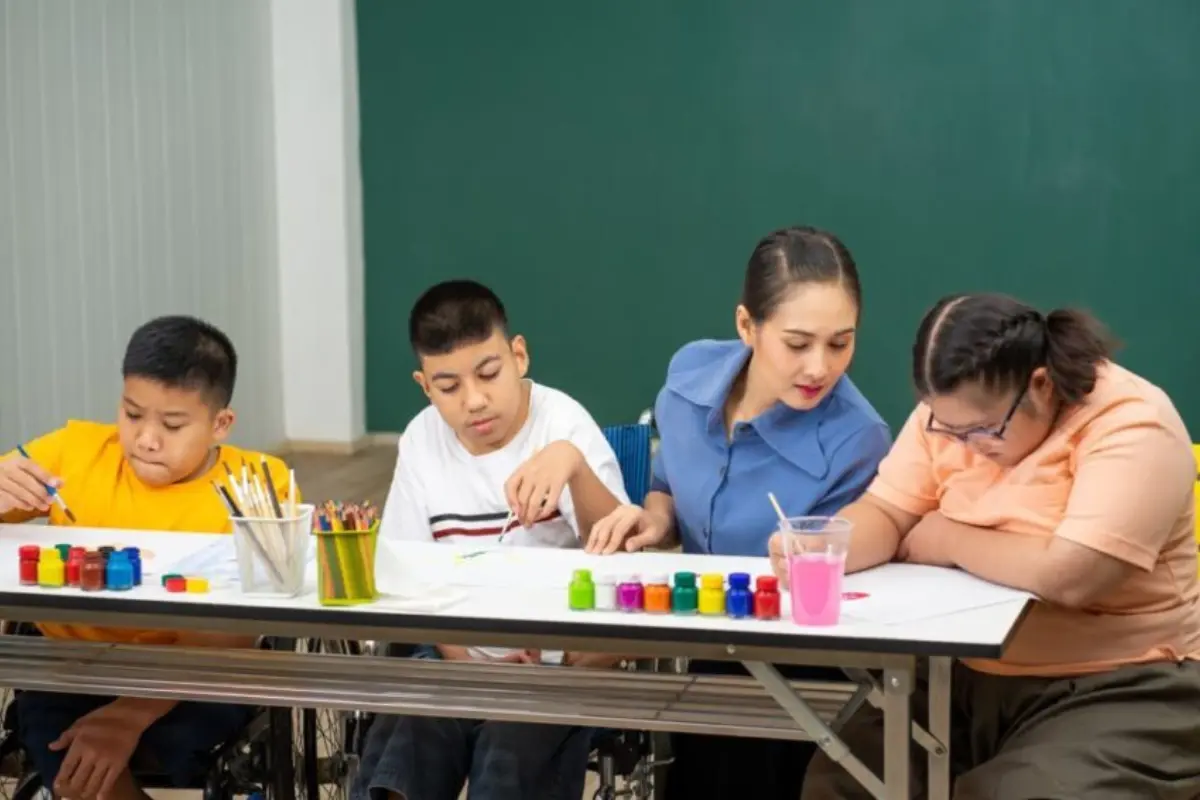Education is a fundamental right, yet many disadvantaged students face barriers that hinder their access to quality learning opportunities. Traditional education systems may only sometimes cater to these students’ unique needs and circumstances. However, alternative learning pathways offer hope by providing flexible and personalized approaches to support and empower disadvantaged students in their educational journeys. In this blog post, we will explore how alternative learning pathways can address the challenges faced by underprivileged students and open doors to a brighter future.
Understanding the Challenges: Disadvantaged Students and Traditional Education Systems:
Disadvantaged students, including those from low-income families or marginalized communities, often encounter significant challenges within the traditional education system. Access to resources, adequate support systems, and socioeconomic disparities can help their educational progress. Furthermore, the one-size-fits-all approach may need to address their learning needs more effectively. As a result, many of these students need help with academic success. Additionally, disadvantaged students may face barriers such as discrimination, low expectations, and lack of motivation. These factors can negatively affect their self-esteem, confidence, and engagement in learning. To overcome these challenges, disadvantaged students require more personalized and differentiated instruction that caters to their strengths, interests, and goals. They also need more encouragement and guidance from teachers, peers, and mentors who can inspire them to achieve their potential.
Exploring Alternative Learning Pathways: Breaking Down Barriers
Alternative learning pathways present innovative solutions to the challenges faced by disadvantaged students. These pathways encompass a range of options, such as online courses, vocational training, distance learning, and competency-based education. By embracing these alternatives, students can access flexible schedules, personalized instruction, and a supportive learning environment catering to their needs. Moreover, alternative learning pathways can empower students to take charge of their learning by allowing them to choose their own pace, content, and goals. They can also enhance students’ skills and employability by providing relevant and practical knowledge and experience. Alternative learning pathways can also foster a sense of belonging and community among students by connecting them with peers and mentors who share their interests and aspirations.
Flexibility and Personalization: Tailoring Education to Disadvantaged Students’ Needs
One of the critical advantages of alternative learning pathways is the flexibility they offer. Students can pay somebody to take my online class at their own pace and from any location, removing geographical barriers. This flexibility mainly benefits disadvantaged students with other responsibilities, such as part-time jobs or family obligations. Moreover, alternative learning pathways often provide personalized instruction, allowing students to focus on areas where they need additional support or take advanced courses in subjects of interest.
Equipping Students with Practical Skills: Vocational and Technical Education Options
Alternative learning pathways include vocational and technical education options for equipping students with practical skills. These pathways acknowledge that not all students thrive in traditional academic settings and offer specialized training in healthcare, trades, information technology, and more. By providing hands-on experiences and industry-relevant knowledge, vocational and technical education prepares disadvantaged students for meaningful employment opportunities and economic independence. Additionally, vocational and technical education can boost students’ confidence and motivation by allowing them to apply their skills in real-world situations and see the results of their work. They can also enhance students’ career prospects and mobility by offering them certifications, credentials, and networks to help them advance in their chosen fields. Vocational and technical education can also foster a culture of lifelong learning among students by encouraging them to update their skills and knowledge according to the market’s changing demands.
Promoting Inclusive Education: Embracing Diversity in Alternative Learning Pathways
Alternative learning pathways prioritize inclusive education by embracing diversity in all its forms. They recognize disadvantaged students’ unique backgrounds, experiences, and perspectives, ensuring their voices are heard and valued. Students from different socioeconomic backgrounds, cultures, and abilities can learn together in these learning environments, fostering a sense of belonging and promoting social cohesion. Moreover, alternative learning pathways can enhance students’ intercultural competence and global awareness by exposing them to different viewpoints and cultures. They can also support students’ personal growth and development by encouraging them to respect themselves and others and to appreciate their strengths and potential. Alternative learning pathways can inspire students to become active and responsible citizens by engaging them in social issues and empowering them to make positive community changes.
Overcoming Socioeconomic Barriers: Scholarships and Financial Support for Disadvantaged Students
Financial constraints should not limit access to education. Alternative learning pathways often provide opportunities for scholarships, grants, and financial support specifically targeted at disadvantaged students. These initiatives aim to bridge the gap between affordability and educational aspirations. By alleviating the financial burden, scholarships and financial aid programs enable underprivileged students to pursue their educational goals without compromising their financial stability. Furthermore, scholarships and financial support can boost students’ confidence and motivation by recognizing their academic achievements and potential. They can also enhance students’ academic performance and retention by reducing stress and allowing them to focus on their studies. Scholarships and financial support also foster a sense of gratitude and responsibility among students by encouraging them to give back to their communities and society. Scholarships and financial aid can inspire students to dream big and reach for the stars.
Conclusion
Alternative learning pathways can potentially transform the educational landscape for disadvantaged students. These pathways address underprivileged students’ challenges in traditional education systems by offering flexibility, personalization, practical skills training, and inclusive environments. Furthermore, the availability of scholarships and financial support ensures that financial barriers do not hinder their educational pursuits. As we move forward, schools, colleges, and universities must embrace these alternative learning pathways and create a more equitable and inclusive education system that supports the success of all students, regardless of their background or circumstances.




